Using the connectivity box, vehicles can create a permanent online connection. As a result, almost all functions in the latest generation of automotive infotainment can be enriched and improved through online content. This kind of networking offers the driver a multitude of advantages.
By using real-time traffic information such as traffic jam reports and road closures, the navigation system is constantly able to calculate the optimal route.
At the same time, every networked vehicle contributes to the quality of this information by feeding real-time traffic conditions into the cloud. This process includes the recognition of traffic signs by means of the camera installed in the vehicle. Even black ice, poor visibility and breakdown vehicles are detected by the networked vehicle fleet, aggregated in the cloud and then reported back to vehicles in the vicinity.
To ensure that navigation mapping material is always current, it is updated “over the air”. This means that the user no longer needs to update the in-car data via external media such as DVD, SD card or USB stick. A brief confirmation via the user interface in the infotainment system is all that is required for the online update to begin running in the background.
Anyone looking for a restaurant, service station or simply a specific address on the move can use the built-in search function. This uses not only the installed navigation data, but also online content to offer further up-to-date points of interest as search results. Filling stations are displayed along with their current fuel prices and restaurants are shown with customer ratings and opening hours. In this way, the driver can obtain all important information at a glance.
All this is made possible by our software stack. This extends end-to-end from the embedded client in the vehicle to the servers on the e.solutions backend. In this context, the search engine is a highly optimized C++ application: connection to the backend is realized via Java and the server services are written in PHP, Go or even Java.
Through the infotainment system’s web app platform, functions can be downloaded and updated online. The web apps are then fully integrated into the system and are seamlessly incorporated into the operating concept. In the process, they can access selected vehicle information but are simultaneously executed and monitored in a secure sandbox. This means that the driver can easily access features such as weather, news feeds and access to Twitter. Messages can naturally also be read aloud to the driver via text-to-speech while driving.
Docker containers are used as the technology for the web apps, which are downloaded and installed in the vehicle from a server repository using the e.solutions Java web app platform.
Instead of relying solely on the standard radio reception options of FM and DAB, the latest generation of automotive infotainment enables radio stations to be streamed from a database of thousands of web radio stations worldwide. This includes both popular radio stations and niche broadcasters. They can all be easily searched by genre, language, country and name using the search function in the vehicle.
As an additional feature, the hybrid radio enables seamless switching from a radio station received via FM or DAB to its online stream whenever the vehicle leaves the broadcasting area. This enables the reception area of a favorite radio station to be virtually extended.
To achieve this, we again employ a combination of different technologies. For example, the C++ search engine cooperates with the web radio client written in Java, which in turn communicates with the PHP service on the e.solutions backend.
